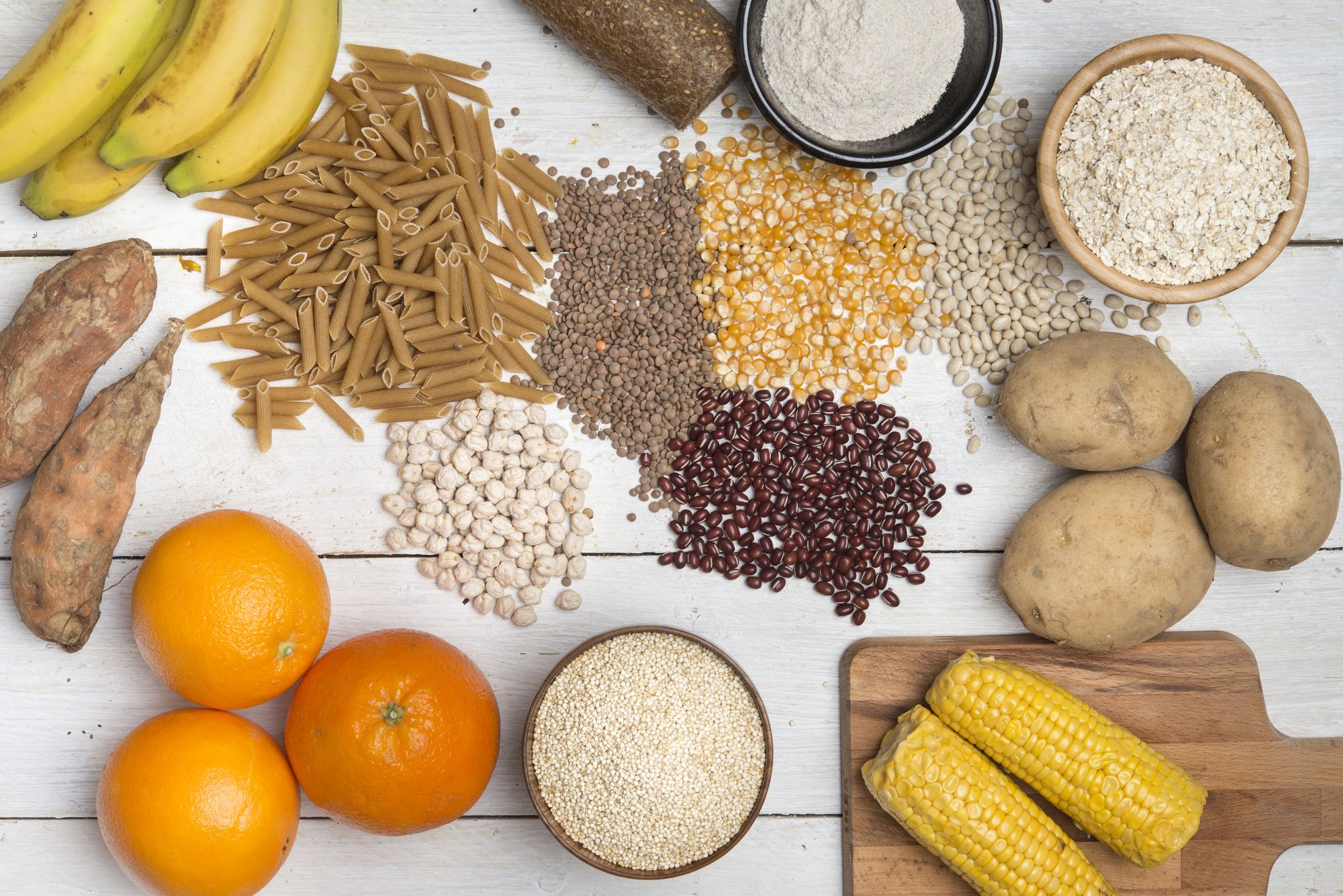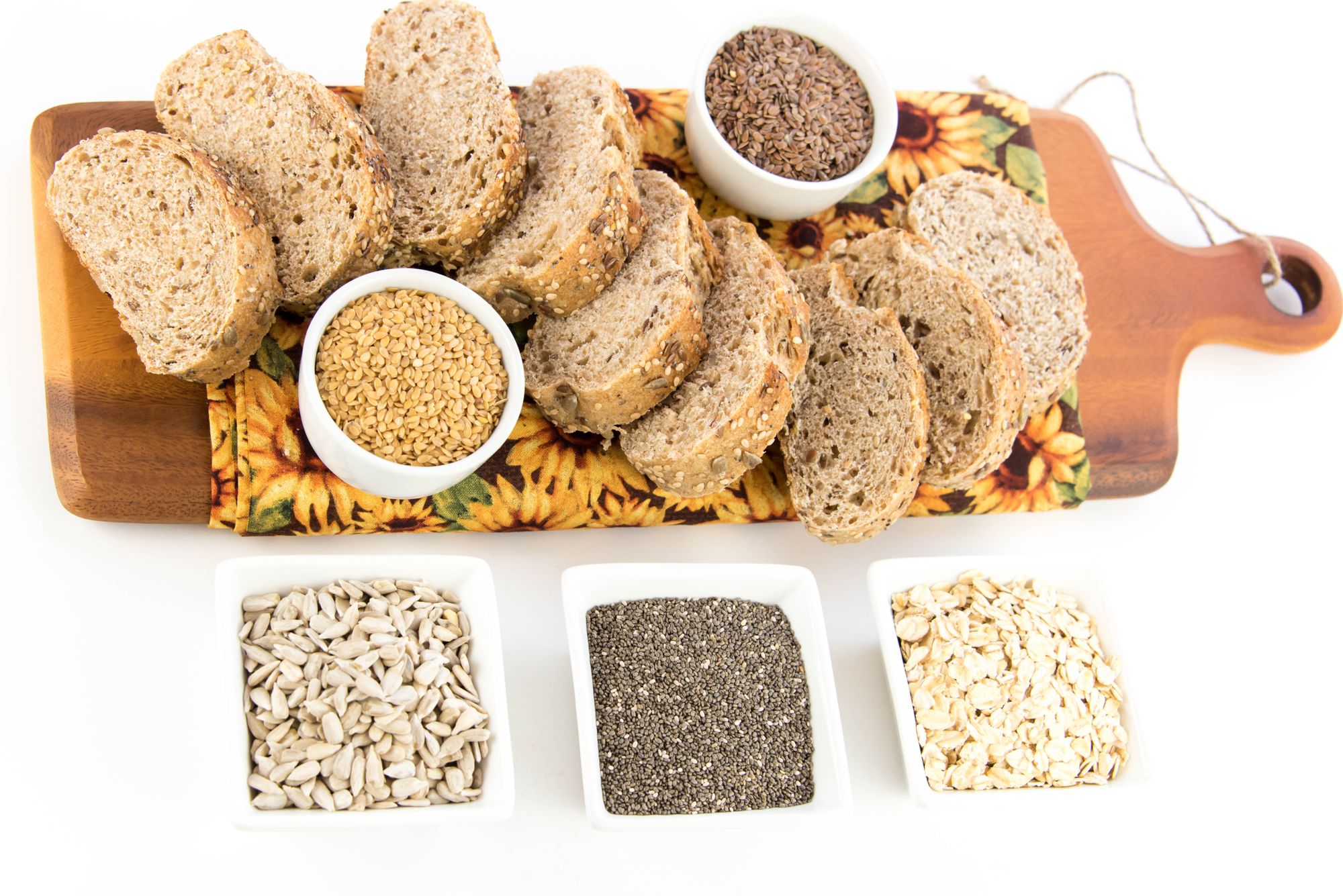The term "carbohydrates" often elicits a negative reaction, as it is a frequently overconsumed nutrient that receives significant attention. Approximately 90% of Americans consume refined grains at or above the recommended amount, and added sugars account for 13% of total calorie intake. Currently, the term "carbs" yields 1.18 billion search results on Google.
However, it is essential to understand that carbohydrates can positively or negatively impact our diets depending on how we consume them. The amount and type of carbohydrates in our diet can significantly affect our health. Carbohydrates come in three forms: starches, sugars, and fibers. Starches are complex carbohydrates, sugars can be naturally occurring or added to foods, and fiber is a non-digestible carbohydrate. Striking a balance between these carbohydrates can result in desirable health outcomes, such as preventing or managing chronic illnesses like obesity and heart disease.
1) The Relationship Between Carbs and Diabetes: Debunking the Myth

According to the American Diabetes Association, 1.4 million individuals are expected to receive a diabetes diagnosis in 2023. The cause of diabetes is not fully understood, but it can result from pancreas damage (type 1 diabetes) or insulin resistance (type 2 diabetes). Overconsumption of carbohydrates is not a direct cause of diabetes. However, lifestyle factors, such as genetic predisposition, being overweight or obese, can increase the likelihood of developing the disease.
2) Carbs Give us Energy
Carbohydrates are the primary fuel source for the body, and for the brain in both fed and fasted states. It is the most effective and efficient nutrient for supplying the body with energy, enabling us to perform a variety of activities, from simple tasks such as breathing and thinking to more vigorous ones such as running and dancing. Thus, it is crucial to consume adequate carbohydrates throughout the day, including before physical activity, to maintain stamina.
3) Bread Carbs: Not All Created Equal

When selecting grain-based food items like bread, muffins, waffles, bagels, and tortillas, it's essential to choose those made from whole grains. The Academy of Nutrition and Dietetics and other health authorities recommend consuming at least half of your grains in the form of whole grains. Whole grains comprise all three layers of a grain, including the bran, endosperm, and germ. Examples of whole grains include brown rice, quinoa, whole wheat pasta, and whole grain bread.
4) Fruits and Vegetables Contain Carbs

Two of the most important food groups that we should aim to increase in our diet are also significant sources of carbohydrates. Fruits and vegetables are highly recommended by dietitians for maintaining a healthy diet. A large apple contains approximately 34 grams of carbohydrates, of which 25 grams are in the form of sugar. Similarly, a large tomato has about seven grams of carbohydrates, with five grams as sugar.
5) The Dual Nature of Sugar: A Nutrient and a Food
Sugar can appear on a food product's nutrition facts panel or ingredient list. It can occur naturally in food, such as fructose in fruits or lactose in milk, or can be added to food under various names, including cane sugar, maple syrup, agave nectar, honey, and other sweeteners.
6) Fiber is a Carb
Fiber is a crucial nutrient that provides numerous health benefits, such as promoting satiety, regulating blood sugar levels, managing blood cholesterol, protecting against cancer, and maintaining regular bowel movements. It is often overlooked as "just another carb", but it is essential to include adequate amounts of fiber in our diet. Shockingly, over 90% of women and 97% of men fail to meet the recommended daily fiber intake for adults, which is between 28-34 grams per day, depending on age and sex. Incorporating high-fiber carbohydrates such as lentils, pears, and chickpeas into your diet can help you meet your daily fiber requirements.
7) Half of Our Caloric Intake Should Come From Carbohydrates

The acceptable range of macronutrient distribution for carbohydrates, as established for healthy adults, is between 45-65% of our total caloric intake. For someone on a 2,000-calorie diet, this translates to a daily consumption of 900 to 1300 calories, or 225 to 325 grams, of carbohydrates. Although this may appear to be a high amount, it's worth noting that carbohydrates are present in all food groups, including fruits (like bananas), vegetables (like potatoes), grains (like rice), protein (like beans), and dairy (like yogurt).
8) Carbs Contain 4 Calories per Gram

Calories in food come from four main components: fat, carbohydrate, protein, and alcohol. Among these, carbohydrates and protein provide the least number of calories, with each containing four calories per gram. In contrast, pure alcohol contains seven calories per gram, while fat (both saturated and unsaturated) contains nine calories per gram. This knowledge can be helpful for individuals who are planning their meals or keeping track of their food intake.

